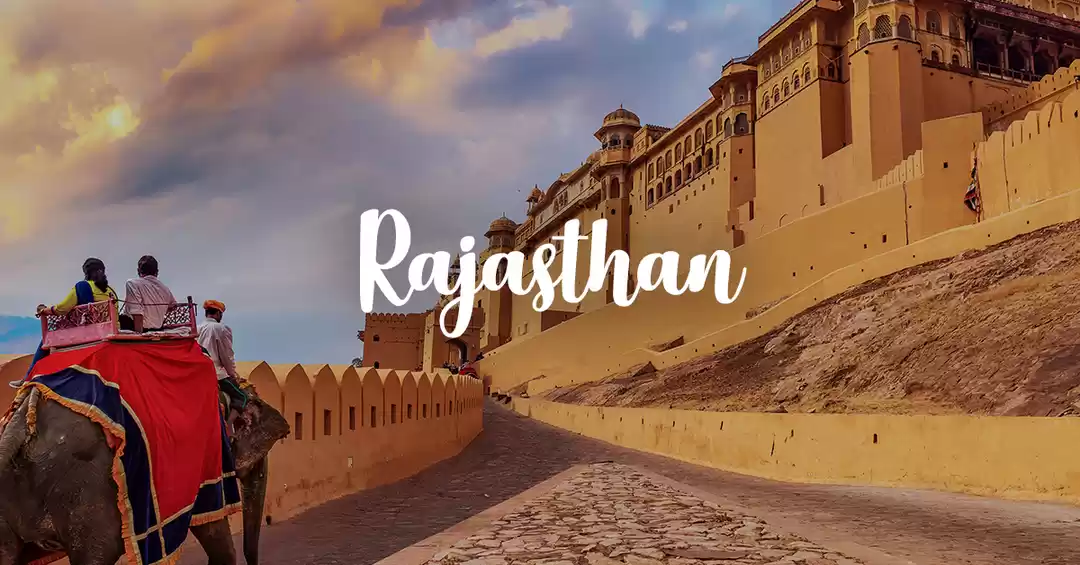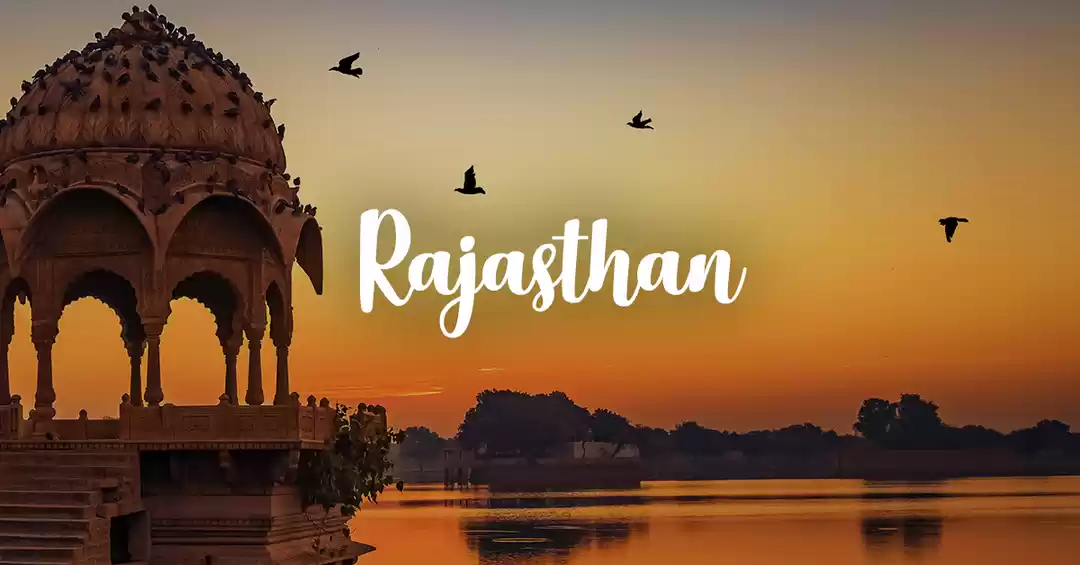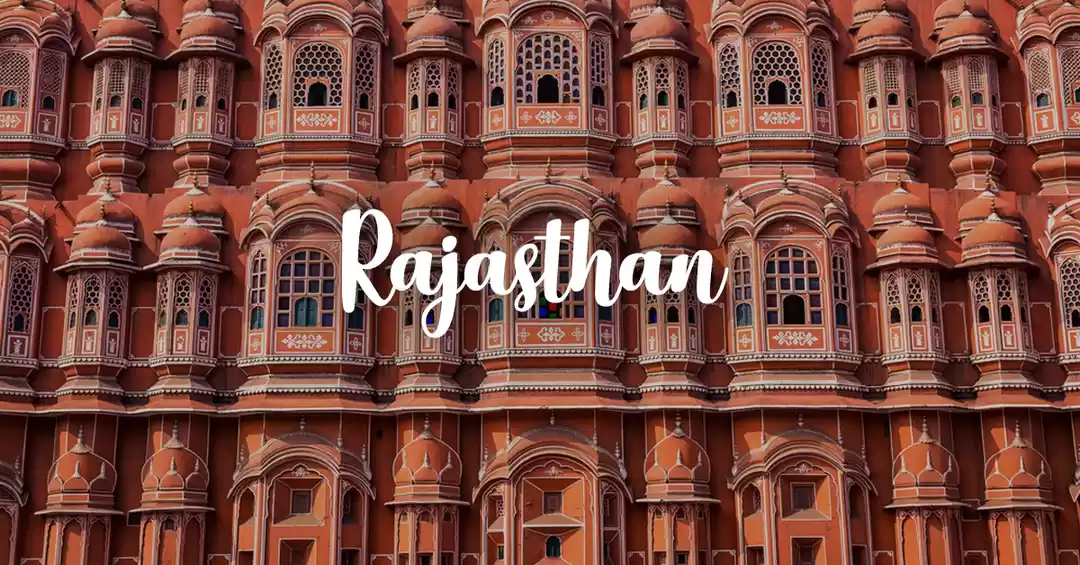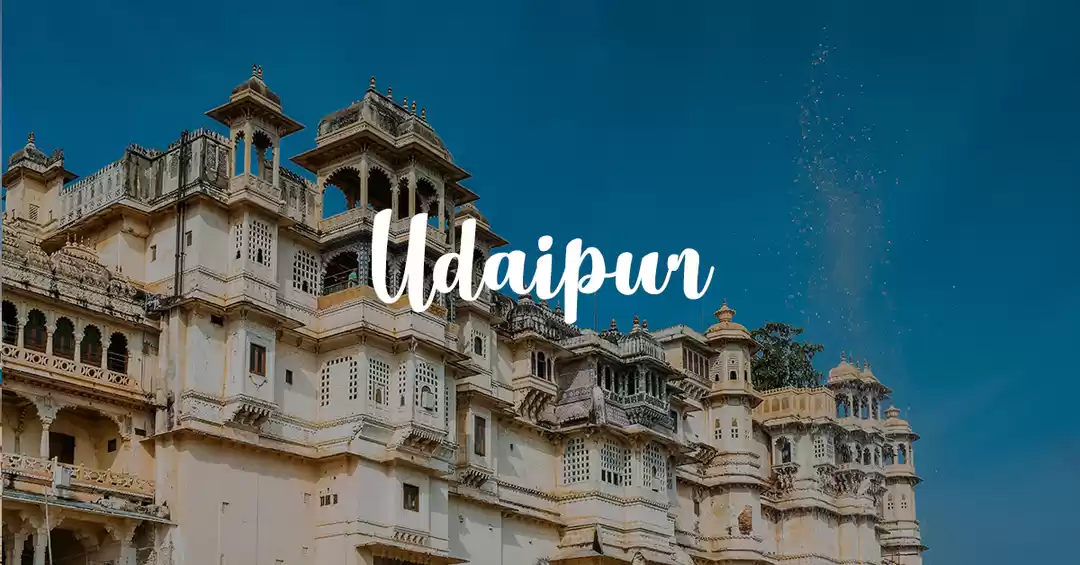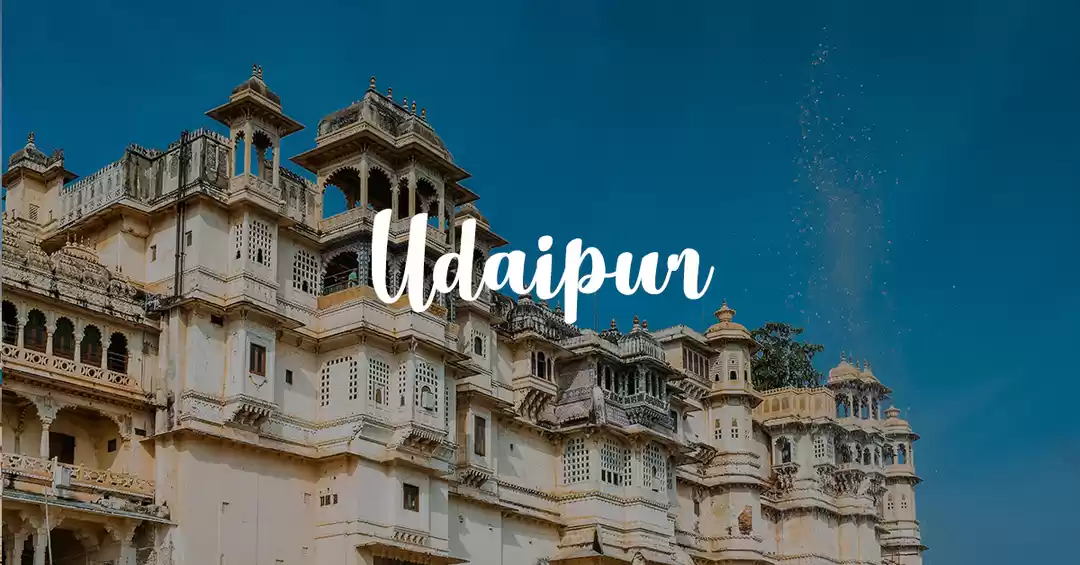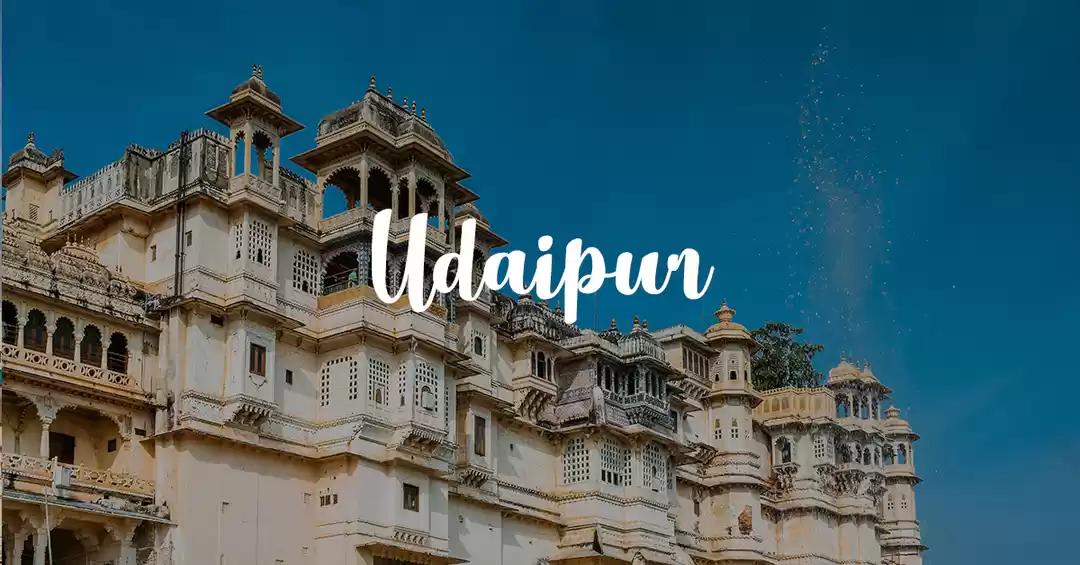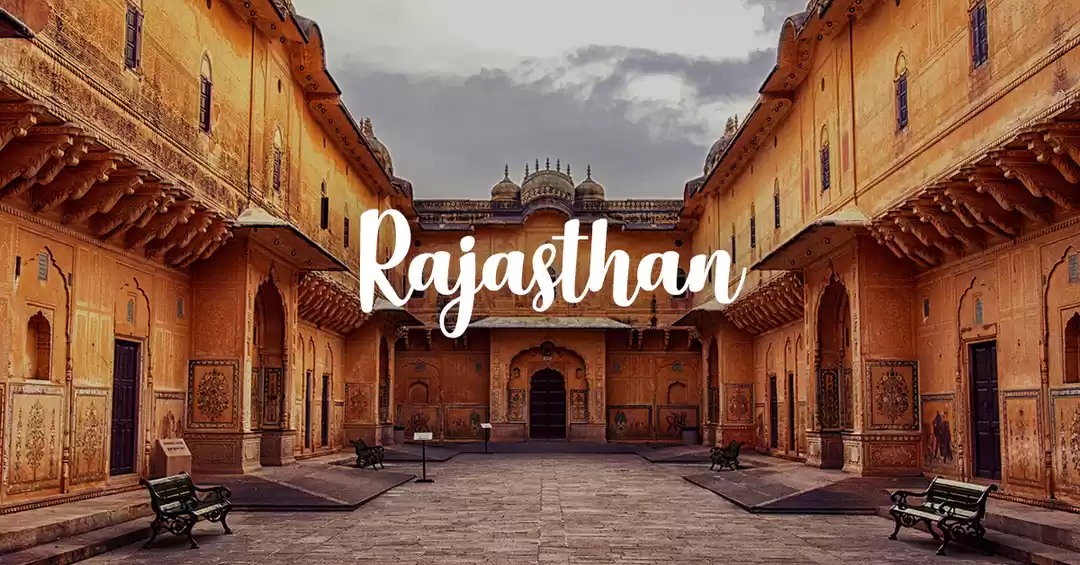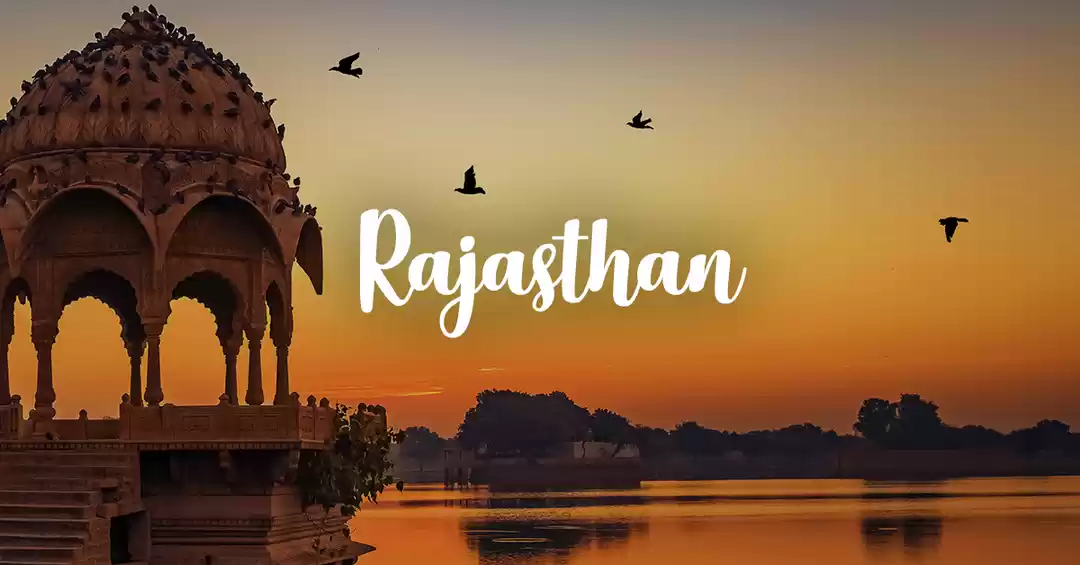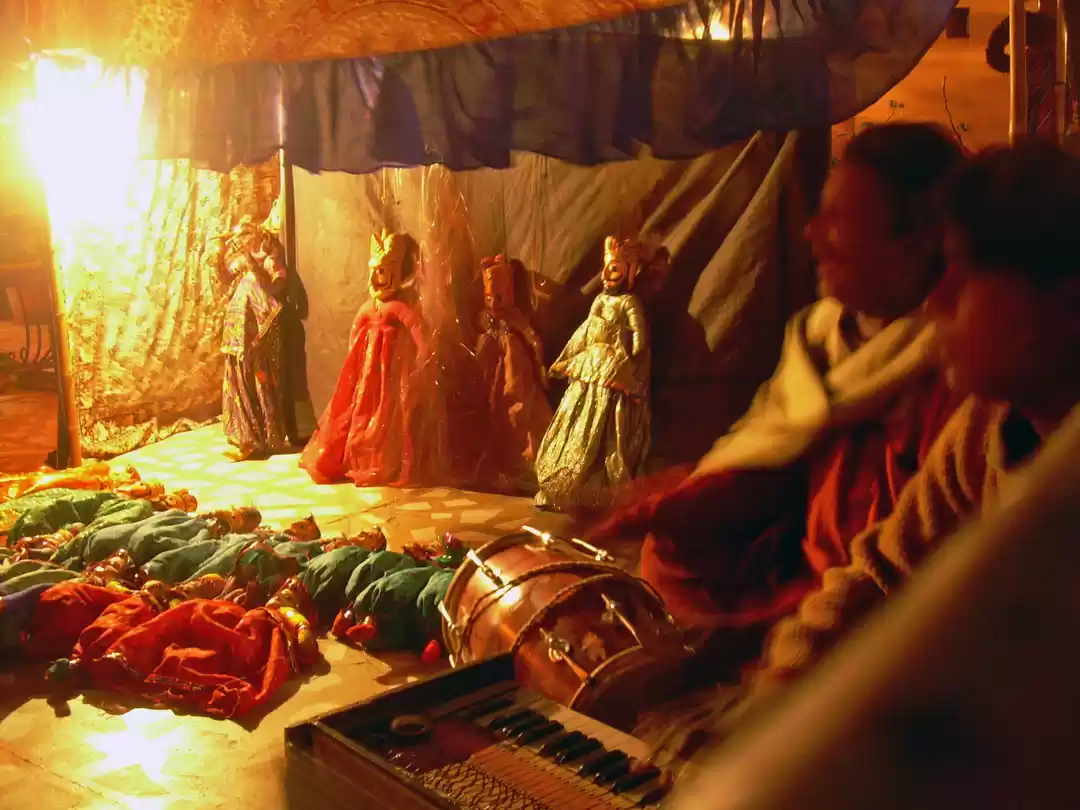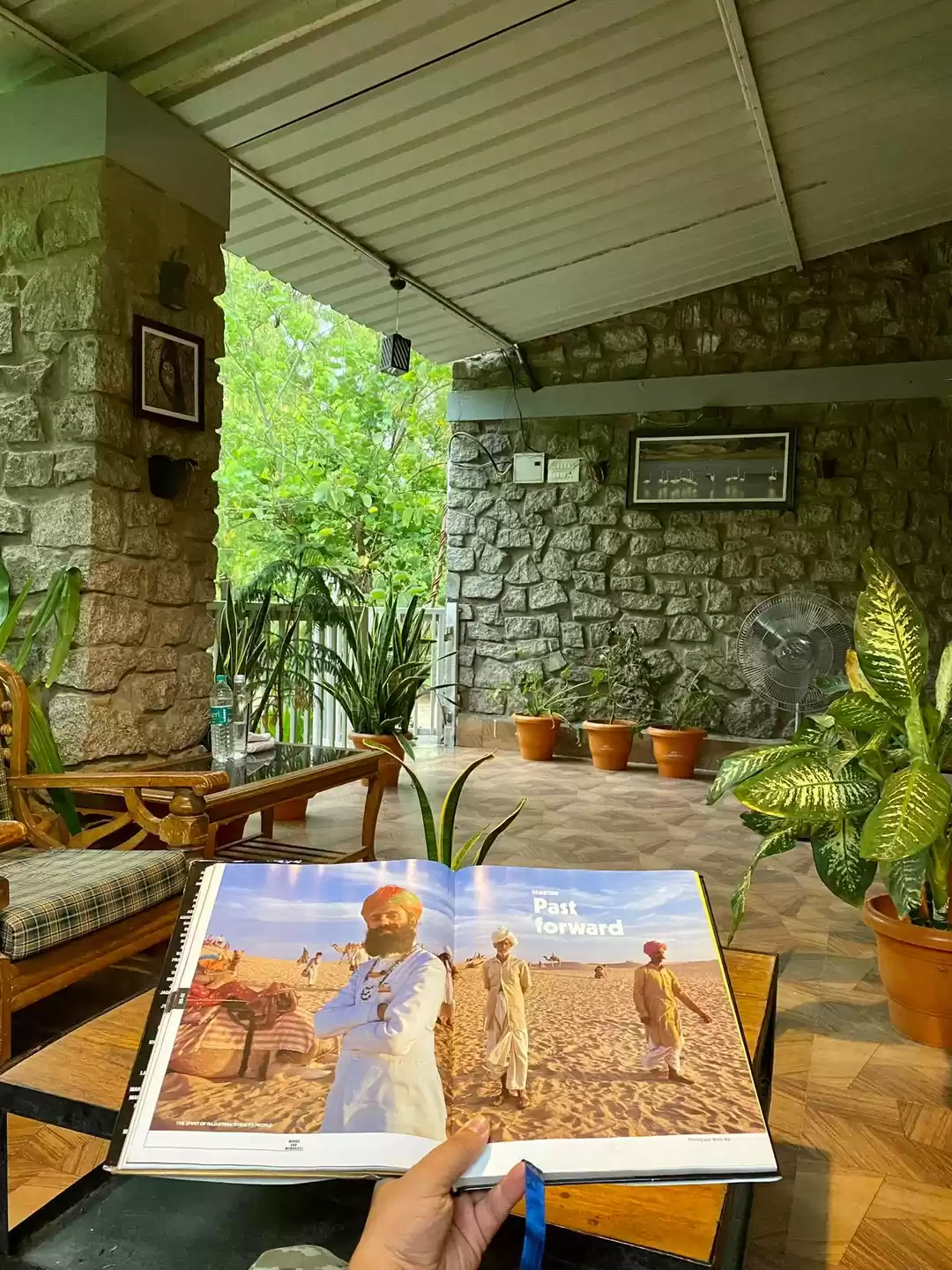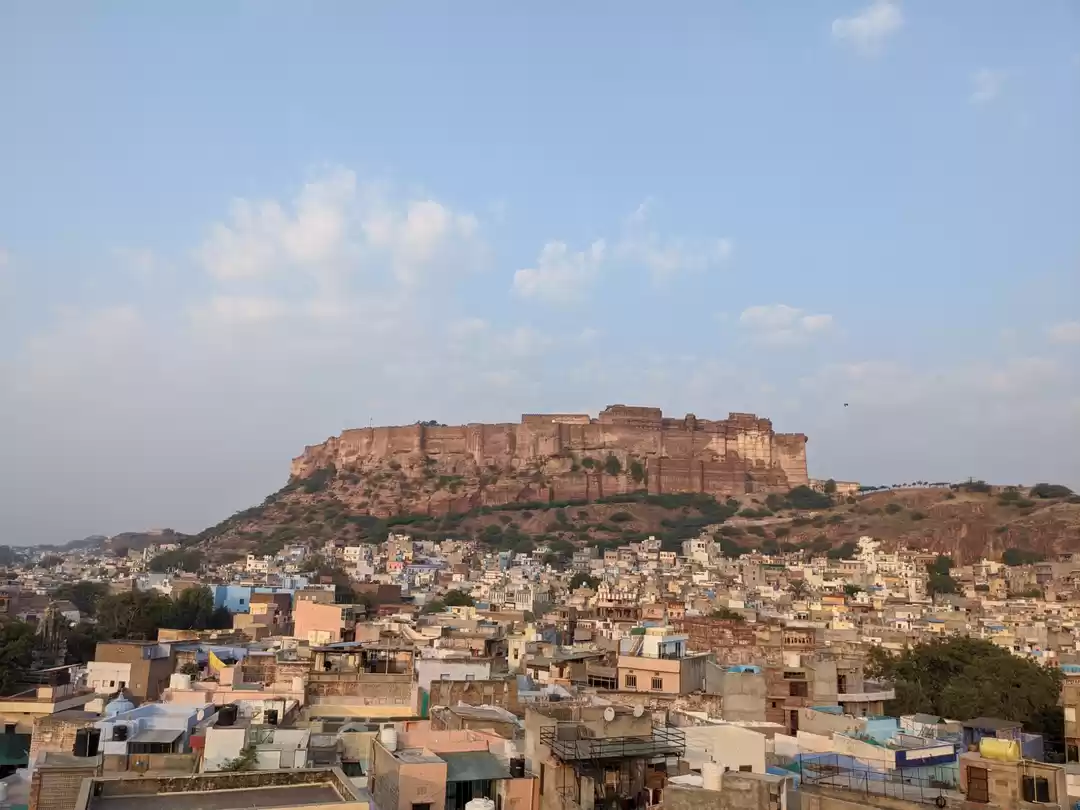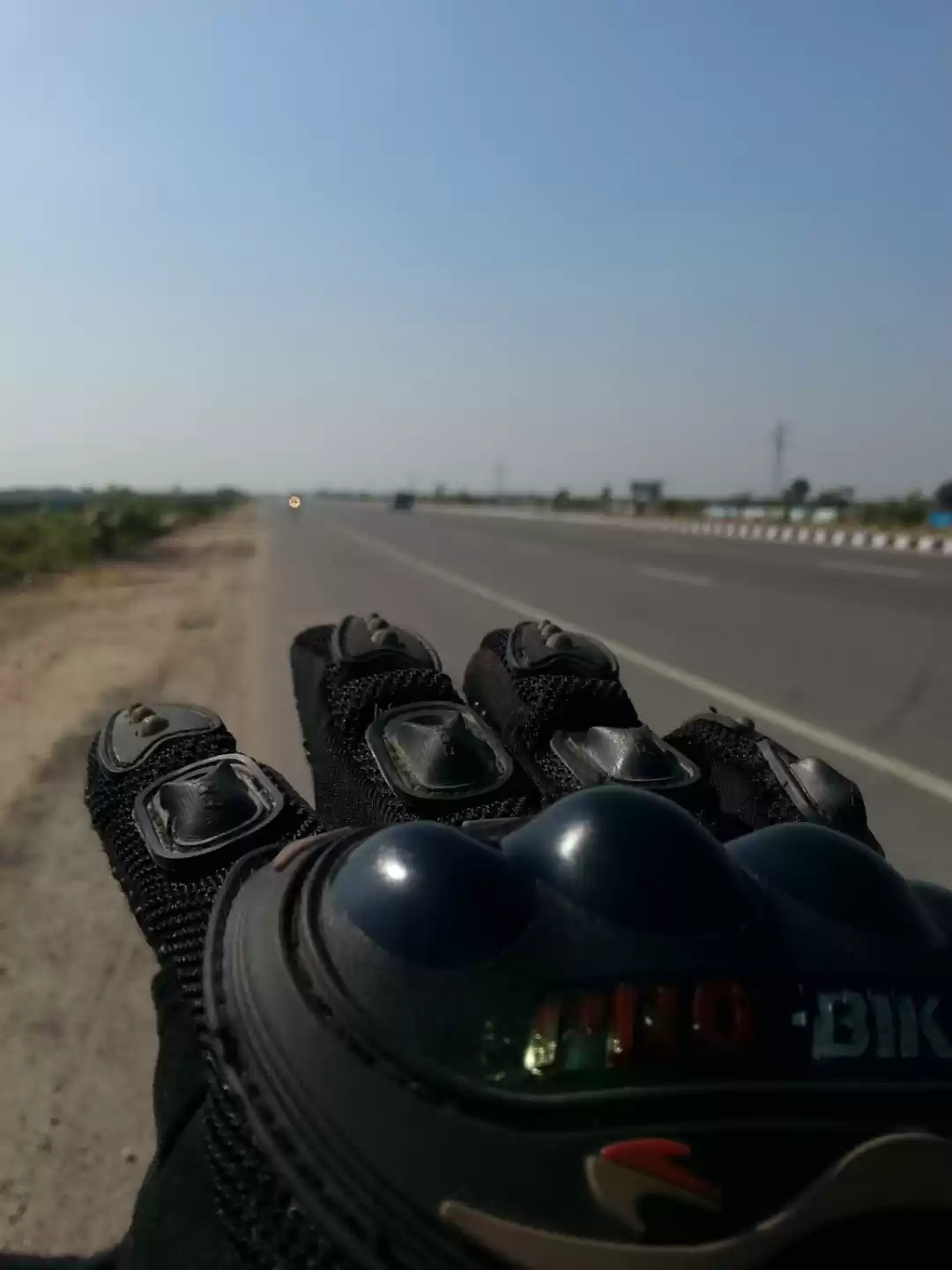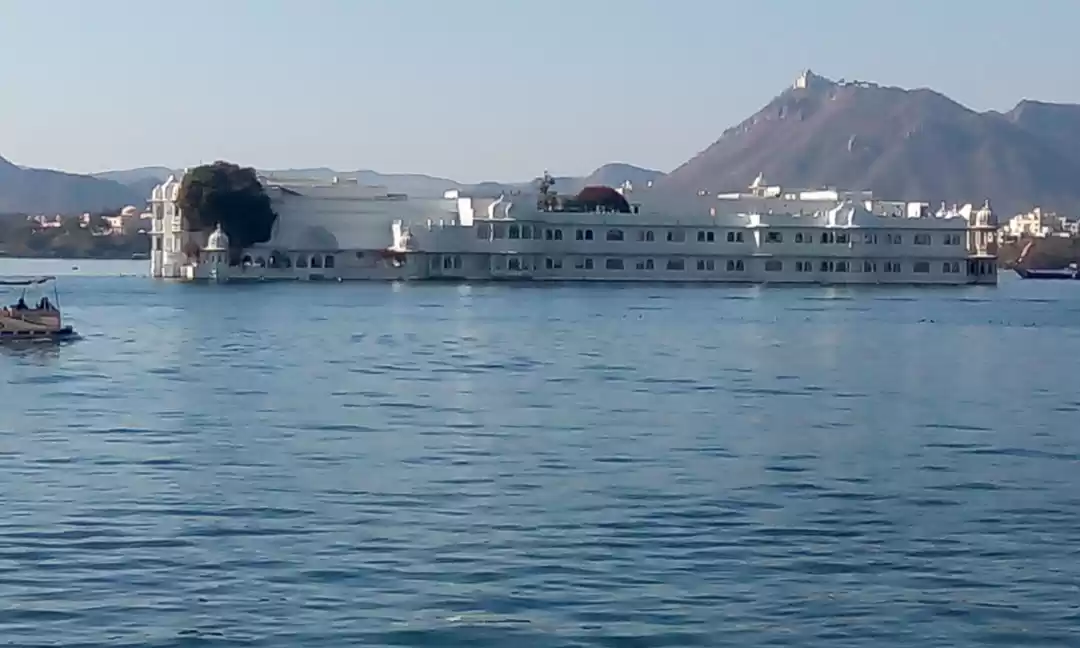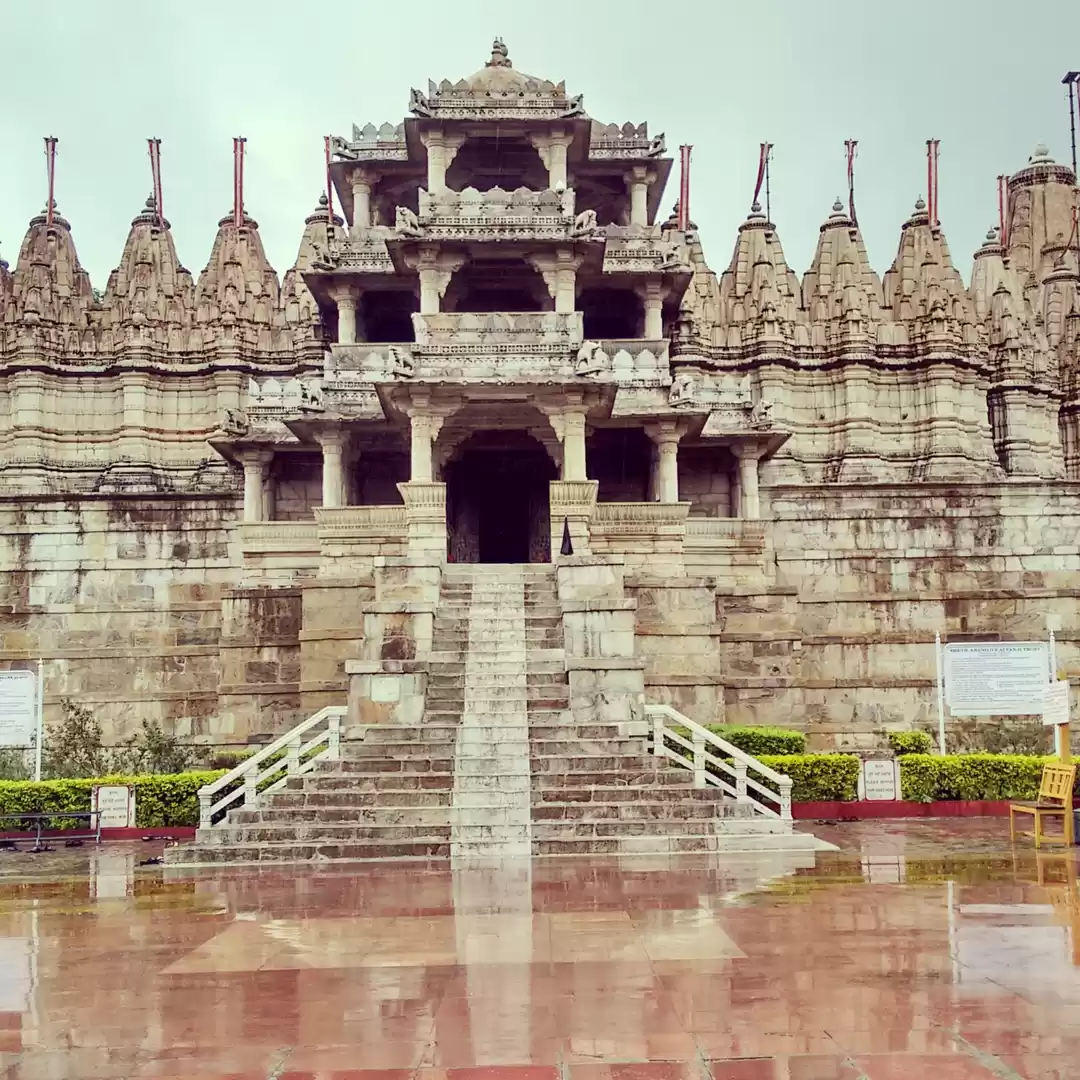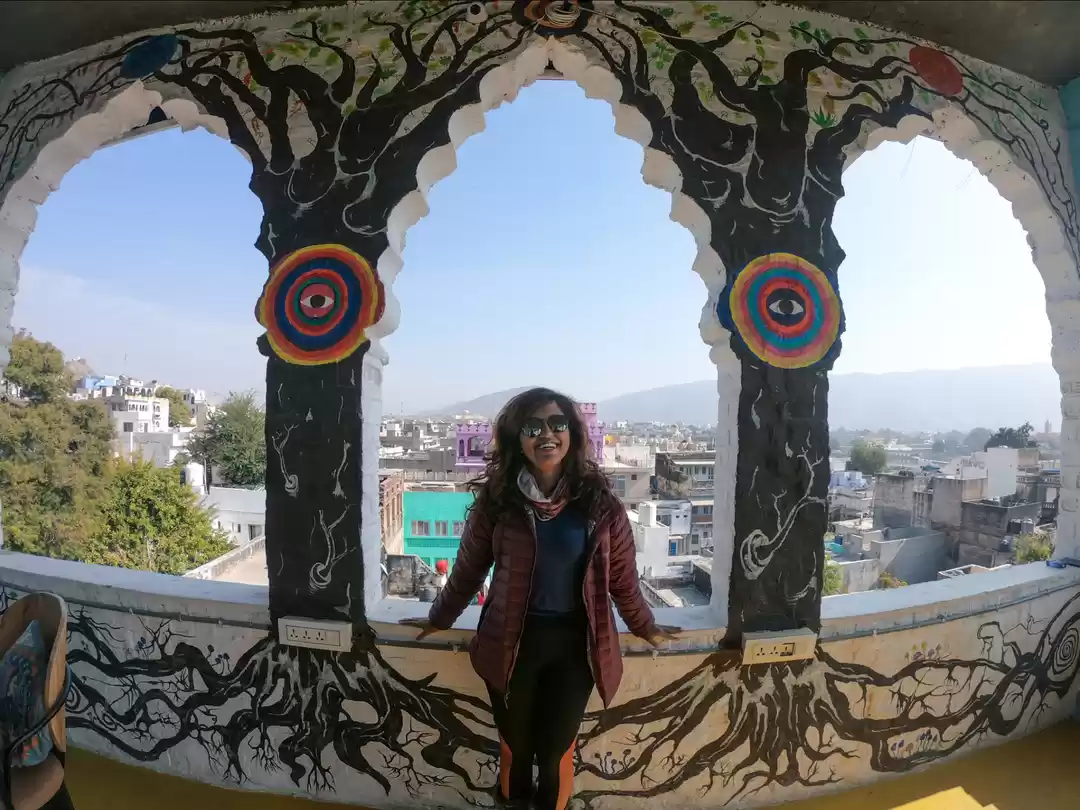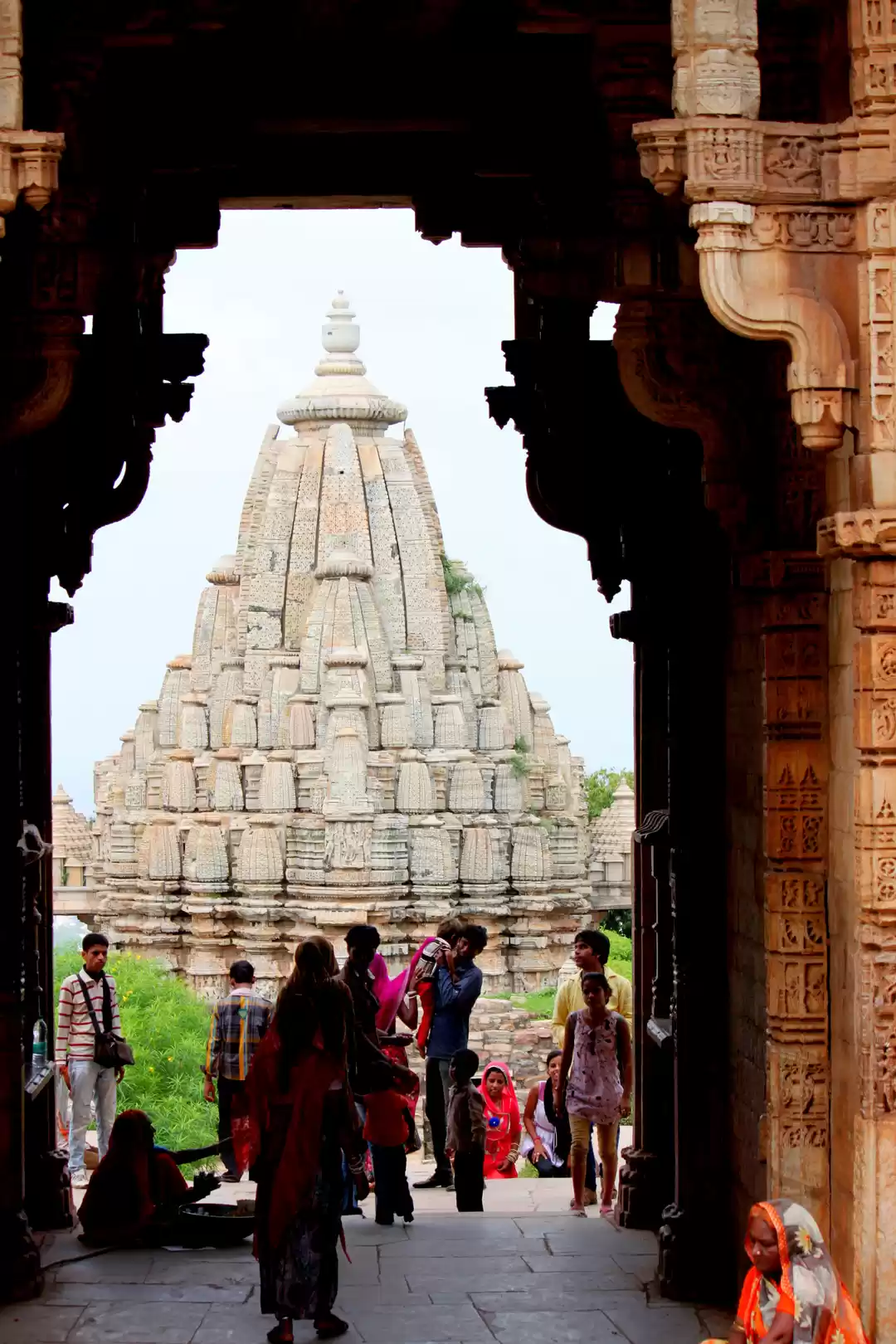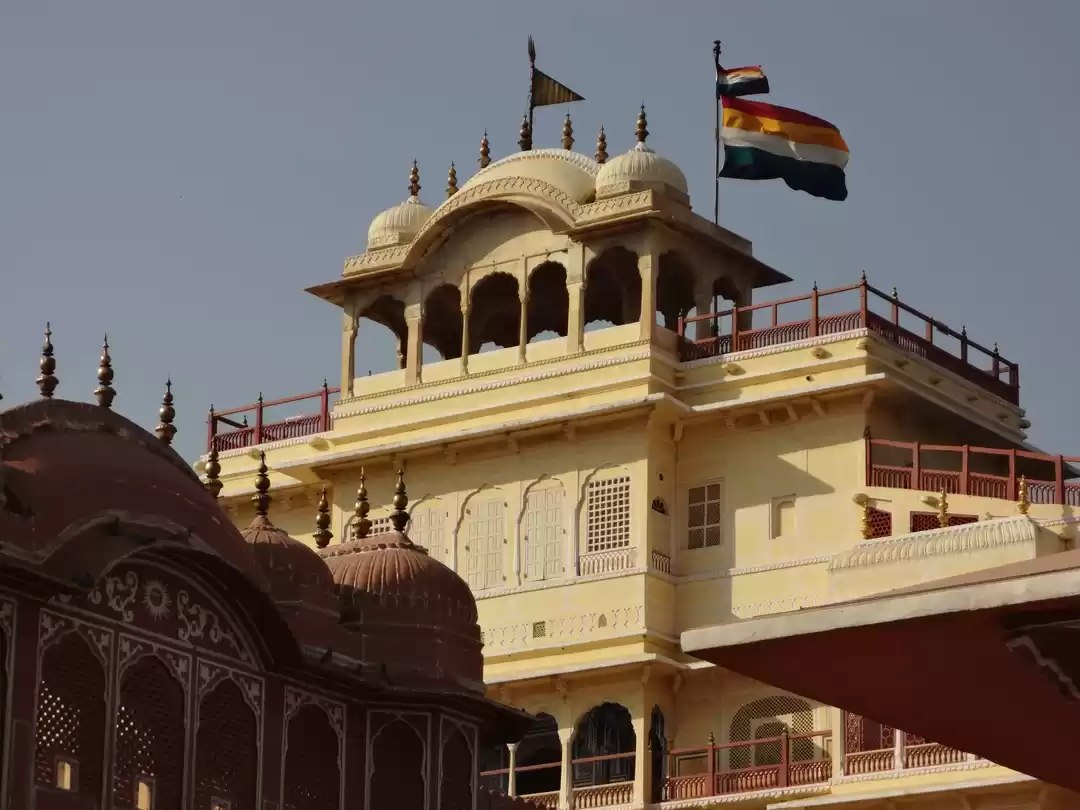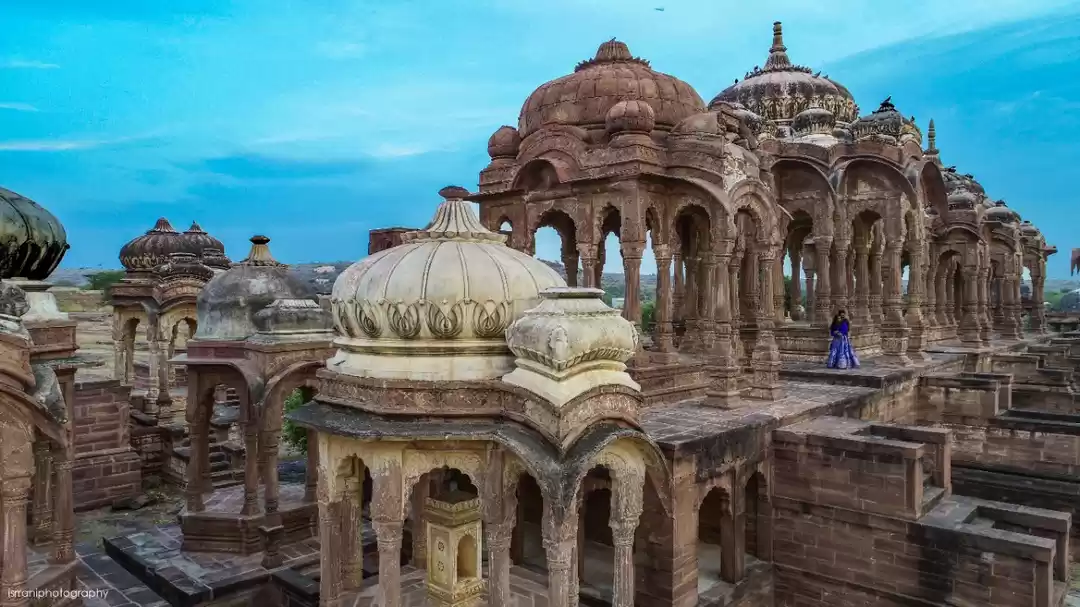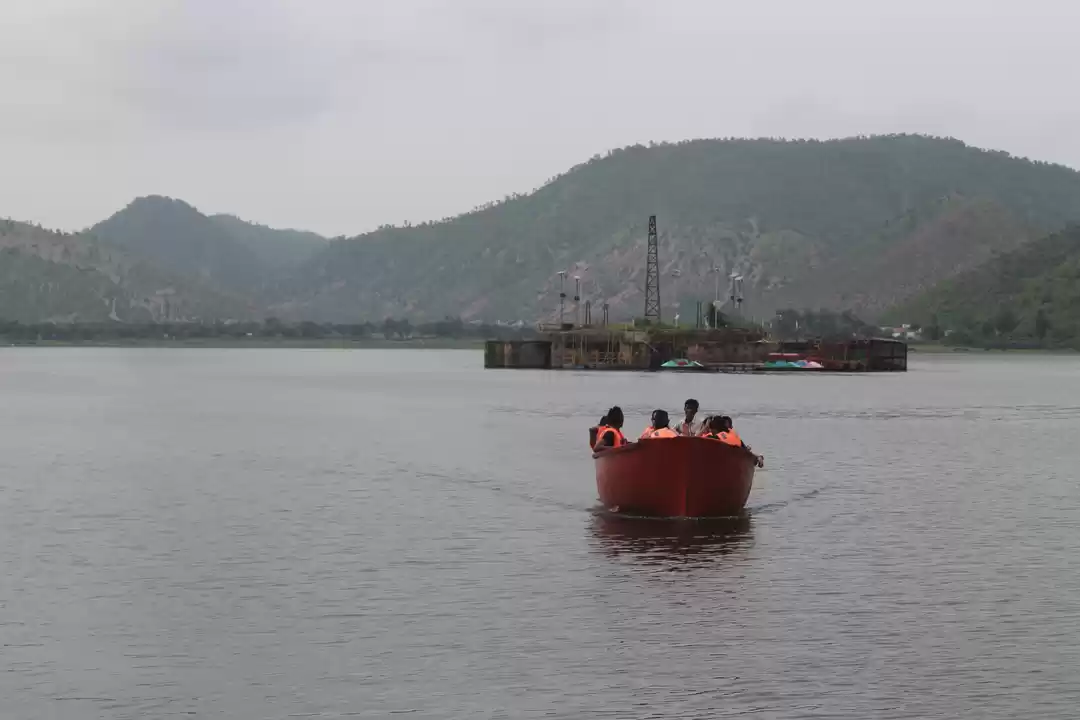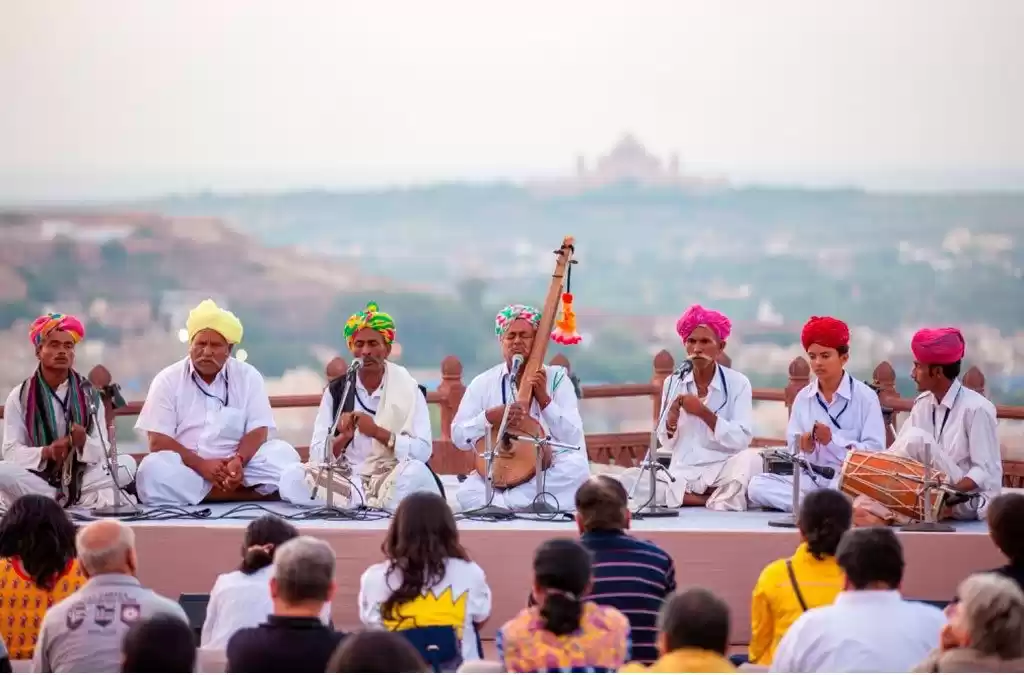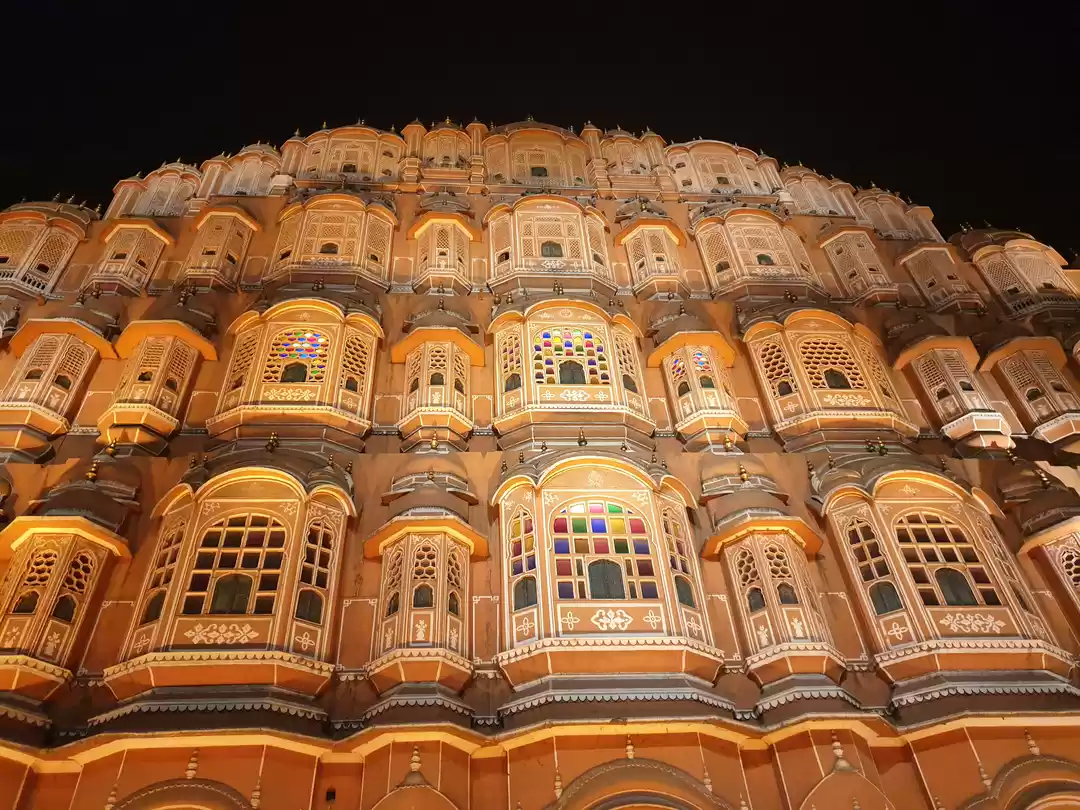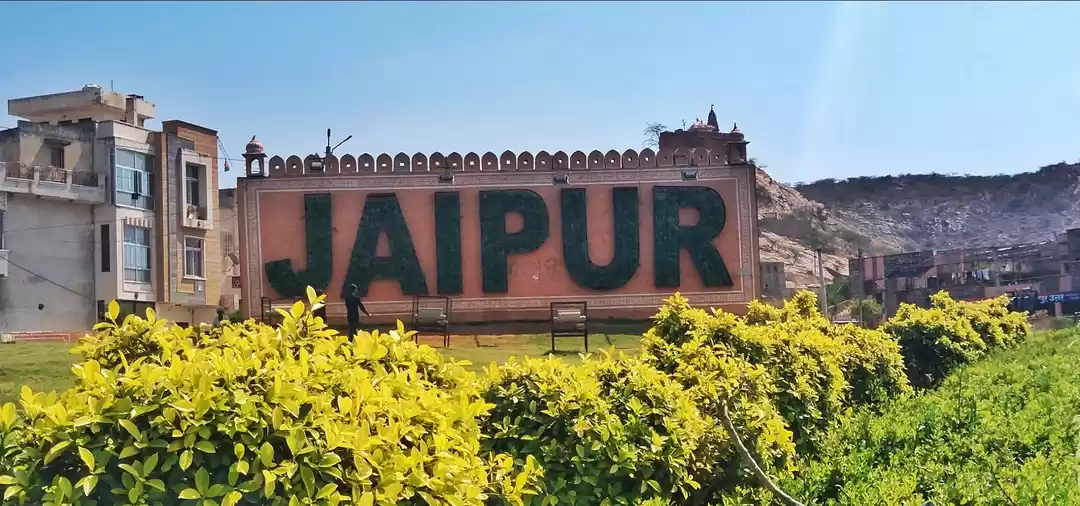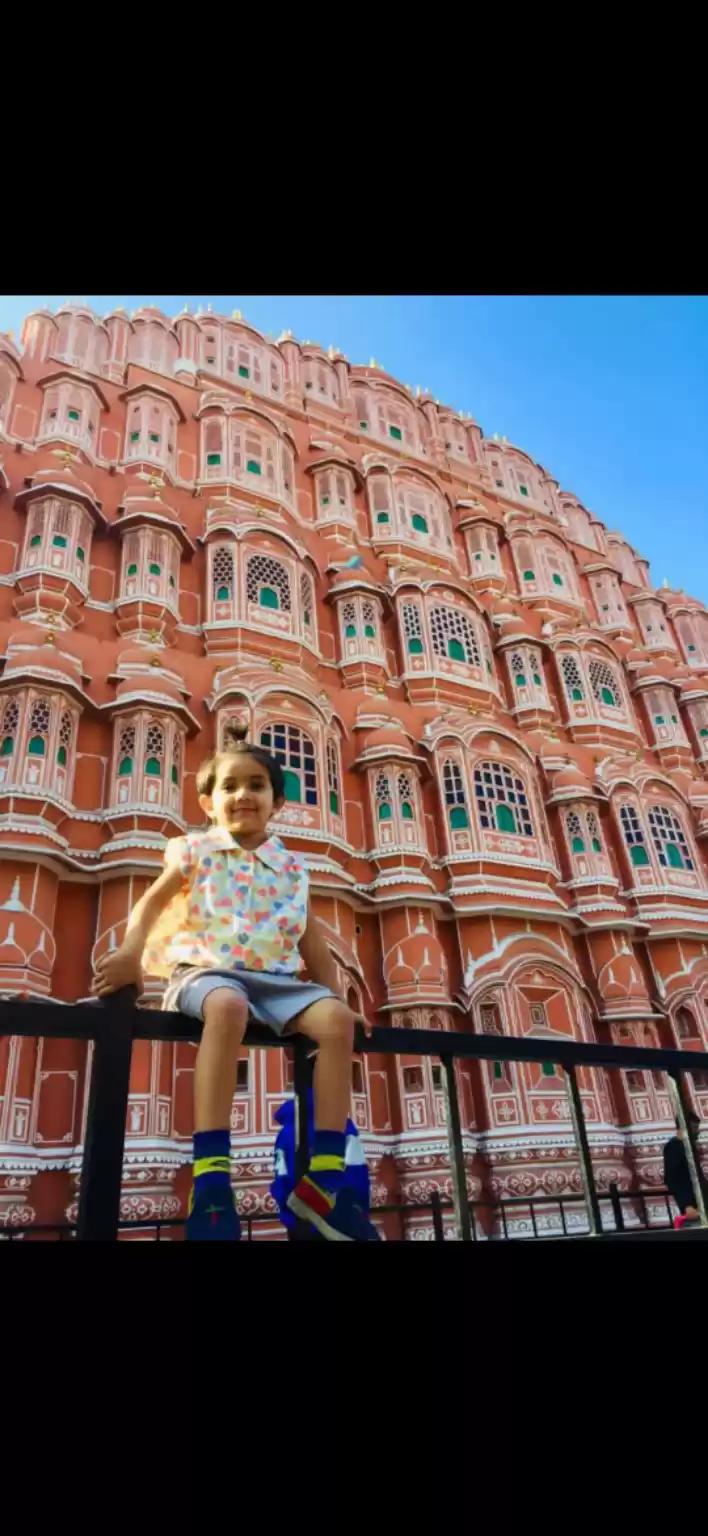
A royal and historical capital, Jaipur is the gateway to one of India's most flamboyant states. There are several attractions in Jaipur that ooze out the majestic past of the city. For these splendors of heritage marvels, a plethora of tourists from all over the world come here and enjoy the royal experience of the Rajputana graciousness.
At the city's heart, several palaces, gardens and bustling markets have draped themselves in the warm hue of pink as the colour symbolizes hospitality. On the way from this benevolent expanse to the outskirts, there are various places to see in Jaipur like the hilltop forts and well-preserved museums that will tell you the impressive chronicles of the Rajput kings and queens. In Jaipur, you will surely get to have remarkable encounters amidst Rajasthani regality.
Here's a list of what's not to be missed in Jaipur.
CONTINUED FROM JAIPUR (PART - 1)
7) CENTRAL PARK

Jaipur is a city that signifies the imperial culture and legacy of the state of Rajasthan. The wonderful sights of the pink city, including Central Park, draw in curious individuals from all over the world who want to learn about the rich history and legacy of the city. Like many other landmarks in the city, Central Park is the consequence of the delightful endeavors of old maharajas. In fact, it was a gift by the Jaipur Maharajas to the people of this city.
Central Park was officially presented on 21st January 2006 by the then Chief Minister of Rajasthan, Vasundhara Raje.
The major attraction of Central Park is the 206 feet high National flag which is the highest flag post in India ever. The flag itself is 28 feet wide and 72 feet long. This is India's first day and night monumental flag and the tallest tricolour in the country and looks magnificent during the night when the flag is washed in colourful lights.

The 13 stone statues beside the National flag resemble the hedges, if watched closely. They are placed in such a way that they represent the constellation of Capricornus. The statues are also one of the prime attractions of the park and are most photographed.
8) PANNA MEENA KUND

Amer is a sub-city of Jaipur, Rajasthan, that dates to the medieval period. Today, most travelers who visit Amer come to see the famous Amber Fort. But many are unaware that just next to the massive castle lies a yellow-colored stepwell, built in the 16th century.
Stepwells are not new to the state of Rajasthan, as half of its land is on dry desert soil. Built during the reign of Maharaja Jai Singh, the baori's geometric staircases are a stunning combination of ingenious Indian engineering and architectural beauty; the symmetrical arrangement of stairs in a criss-cross manner, the recessed doorways and the octagonal gazebos. However, the design is originally intended to be more practical than aesthetic, created as a way of collecting the monsoon rains and preserving water for the drier months and designed in such a way that people could reach water at any level as the pool rises and falls
There is something about the pastel-shaded plaster and proximity to Jaipur that makes it such an alluring, photogenic backdrop.
9) GAITOR KI CHHATRIYA

Located on the foothills of Nahargarh Fort enclosed by the Aravalli Hills, you'll find a serene, beautiful spot; a place filled with a sort of contemplative quietness not afforded to the city's more popular attractions.
Gaitore Ki Chhatriyan is the royal crematorium grounds for the Kachwaha, a Rajput clan that ruled in the region. The place is surrounded by strong fort walls of Nahargarh from one side and Jaipur city from another. It is said that the founder of Jaipur - Sawai Jai Singh ll himself chose this site as the final resting place for Jaipur rulers in the 18th century.
They're beautiful pieces of architecture to behold. Each is topped with an umbrella-shaped dome called a chhatri, which is a common fixture in Indian memorials or cremation sites. The most impressive structures are made of marble while others were constructed with sandstone. Some are embellished with intricate carvings of elephants, battle scenes, and nature.
10) GALTAJI

Galtaji is a prehistoric temple complex made between two cliffs of a rock valley. Outlined by the striking Aravalli hills, it consists of several shrines, holy kunds, pavilions and natural springs. One of the jewels of Jaipur, this majestic temple is situated at the heart of a hilly terrain that is bounded by a beautiful gorge.
The temple is often called as the Monkey Temple as you will find many apes roaming about here within the complex. This famous temple of Jaipur is dedicated to Lord Hanuman who is also called the Sun God. The spectacular structre was built using pink colour sandstone and is structured to look more like a palace or 'haveli' with painted walls, round roofs and pillars.
11) JAWAHAR KALA KENDRA

If there is one place in Jaipur which is closely associated with art photography, theatre, and painting, it has to be Jawahar Kala Kendra. Charles Correa, India's leading architect, designed JKK as a modern interpretation of Maharaja Sawai Jai Singh's nine Mandalas or Grihas upon which Jaipur was founded.
It is dedicated to India's first prime minister Jawahar Lal Nehru and therefore named so. Kala refers to art in Hindi, and Kendra implies center. The construction started in 1986 and completed by the end of 1991. However, the building was inaugurated in 1993 by the ninth president of India- Shankar Lal Sharma.
Jawahar Kala Kendra is a hub of artists, creative minds, and art-loving people. Exhibitions and performances by the artists are showcased in JKK on a regular basis. Navrang and Lokras, the annual festivals of dance, theatre, and music draw many audiences. JKK hosts workshops on dance, photography, theatre, and music.





